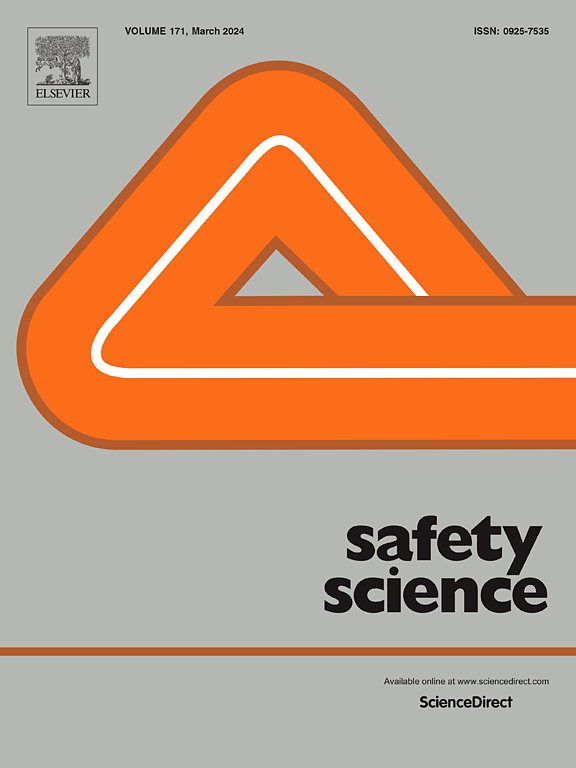为什么要培训?暴力预防和管理培训中兼容与不兼容的制度逻辑
IF 4.7
1区 工程技术
Q1 ENGINEERING, INDUSTRIAL
引用次数: 0
摘要
确保工作场所安全的一个重要组成部分是预防和管理暴力行为的培训。本文探讨了此类培训项目背后的制度逻辑,研究了它们的设计、原理以及对人类服务机构日常实践的影响。尽管对这些培训项目的内容、效果和经验进行了广泛的研究,但在理解其发展背后的原理方面还存在明显的差距。本研究旨在通过探索暴力预防和管理培训的结构原因以及机构逻辑如何影响培训和实践来填补这一空白。本研究通过对挪威的三个人类服务培训项目(包括精神卫生保健、儿童福利服务和挪威国家福利机构)进行深入的定性分析,确定了影响这些项目的七种机构逻辑。其中一些逻辑是相辅相成的。另一些则互不相容,从而产生了重大的实际影响。数据收集包括定性文件分析和与培训社区代表的访谈。这项研究有助于更好地理解影响培训计划设计和影响的因素,尤其是通过强调其作为改善服务提供和确保安全工作条件的措施的双重性。本文章由计算机程序翻译,如有差异,请以英文原文为准。
Why train? Compatible and incompatible institutional logics in violence prevention and management training
A critical component of ensuring safe workplaces is training in preventing and managing violent behavior. This article examines the institutional logics underpinning such training programs, investigating their design, rationale, and impact on everyday practices within human services. Despite extensive research on the content, effects, and experiences of these training programs, there is a notable gap in understanding the rationale behind their development. This study aims to fill this gap by exploring why violence prevention and management training is structured as it is and how institutional logics affect training and practice. This research identifies seven institutional logics that shape these programs through an in-depth qualitative analysis of three Norwegian human service training programs – encompassing mental health care, child welfare services, and Norway’s national welfare agency. Some of the logics are complementary. Others are incompatible, leading to significant practical implications. Data collection included qualitative document analysis and interviews with representatives from the training communities. The study contributes to a better understanding of the factors influencing the training program design and influence, not the least, by underscoring their duality as measures of improving service delivery and ensuring safe working conditions.
求助全文
通过发布文献求助,成功后即可免费获取论文全文。
去求助
来源期刊

Safety Science
管理科学-工程:工业
CiteScore
13.00
自引率
9.80%
发文量
335
审稿时长
53 days
期刊介绍:
Safety Science is multidisciplinary. Its contributors and its audience range from social scientists to engineers. The journal covers the physics and engineering of safety; its social, policy and organizational aspects; the assessment, management and communication of risks; the effectiveness of control and management techniques for safety; standardization, legislation, inspection, insurance, costing aspects, human behavior and safety and the like. Papers addressing the interfaces between technology, people and organizations are especially welcome.
 求助内容:
求助内容: 应助结果提醒方式:
应助结果提醒方式:


